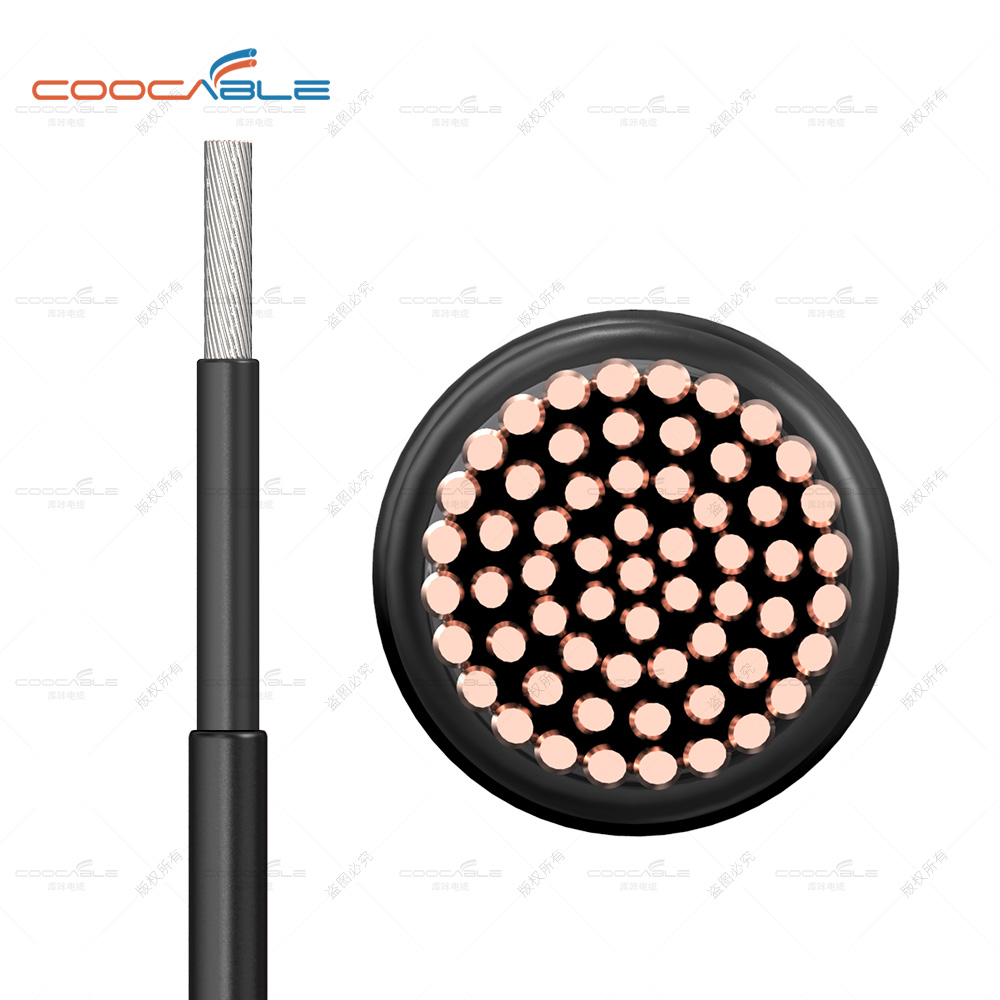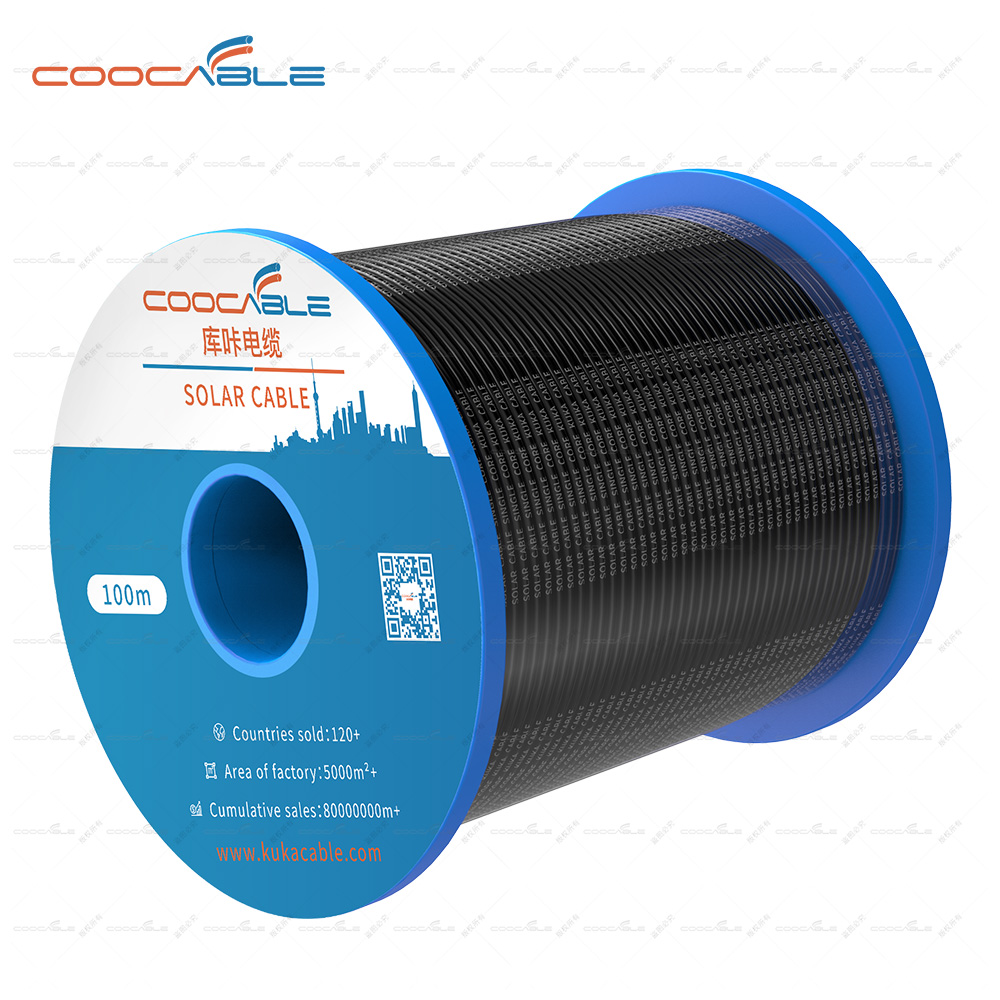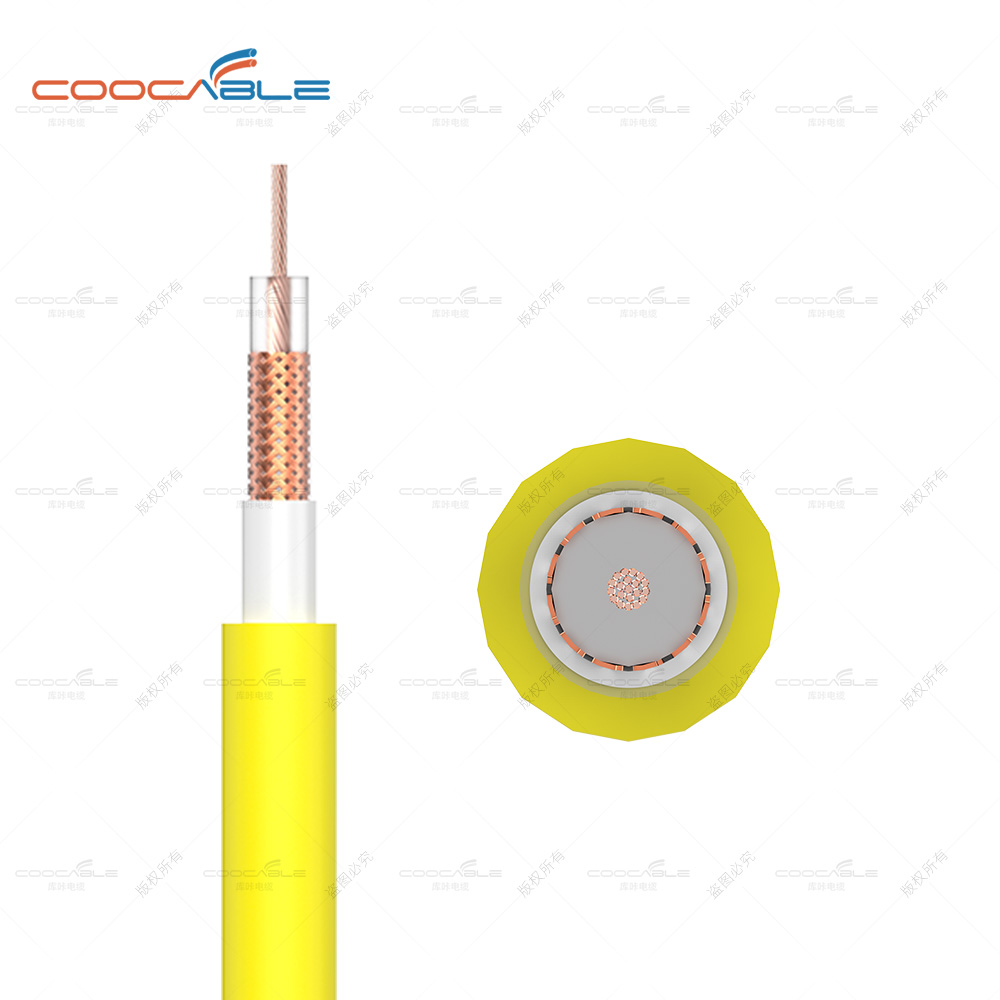Application of solar cable in grid connection of photovoltaic power generation
Application of solar cable in grid connection of photovoltaic power generation
In today's energy depletion, resources under the realistic situation of tension, to find new energy has become a topic of concern. Solar energy is the clean energy on the earth, inexhaustible, inexhaustible, the use of solar energy resources photovoltaic power generation technology is a kind of solar resources utilization. The integration of photovoltaic power into the power system is a key step in harnessing solar energy resources. Solar cables also play a crucial role in the connection of photovoltaic power generation, mainly used for the transfer of AC current into DC current
I. Overview of grid-connected photovoltaic power generation technology
Photovoltaic power generation grid-connected technology refers to the photovoltaic power generation system directly into the grid technology. The working principle is that the solar module generates direct current, which is converted into AC power to meet the requirements of the grid through grid-connected inverse appliances, and finally directly connected to the public grid. Grid-connected power generation system is divided into two technologies: with battery and without battery. Grid-connected photovoltaic power generation system with battery, with schedulability, and according to their own needs to connect to the grid or exit, but also has power function. Grid-connected photovoltaic power generation system without battery is not schedulable and operable, and is generally used in large national systems.
There are centralized large-scale grid-connected photovoltaic power stations and decentralized small-scale grid-connected photovoltaic power stations. The former is controlled by the state, and the generated energy is directly transmitted to the power grid, and then unified deployment by the power grid. Large grid-connected photovoltaic power stations have disadvantages such as large investment, long construction cycle and large floor area. The latter is a small investment, fast construction, small area, coupled with government support, and eventually become the mainstream of photovoltaic power generation grid.
The main structure of photovoltaic grid-connected power generation system is solar array, grid-connected inverter and the corresponding centralized control system. The main feature of photovoltaic power generation system is that it operates in micro grid and connects to UHV large grid through medium and low voltage distribution network.
Second, the advantages of solar photovoltaic power generation
(1) Advantages of high efficiency, energy saving and cleaning
The principle of solar photovoltaic power generation is different from other power systems. It mainly uses solar energy, which is clean energy, to convert light energy into electric energy, and omits a series of energy conversion links, so that the electric energy conversion is simpler, more efficient, simple and convenient, and in line with the goal of energy saving and emission reduction.
(2) The solar energy reserves are rich and the distribution of resources is wide
Solar energy with the advantages of clean, environmental protection, renewable, its distribution is very wide, can be built in the national area, convenient and quick, part of the equipment is small in size, price concessions, has brought about great convenience for the development and utilization, reduce the development of non-renewable energy and fossil energy, reduce the waste of resource and environmental damage.
Introduction to grid-connected technology of solar photovoltaic power generation
(1) Solar cell technology
Photovoltaic cells are the core of solar photovoltaic power generation technology to generate electricity. It is known that the raw material of the first generation of photovoltaic cells is silicon, the application scope is expanding, the application technology is also very mature, but the cost is high. The second generation of photovoltaic cells are paved with non-silicon materials on the substrate to reduce the consumption of electricity, not limited by the production materials, low production cost, so they can be mass-produced. Later photovoltaic cells are followed by crystal silicon and thin film cells, combined with the design concept and technology, so that the photovoltaic conversion efficiency is further improved.
(2) Photovoltaic array maximum power tracking technology
Photovoltaic array power output uses nonlinear conduction, which is closely related to the surrounding environment, illumination and load.
(3) solar concentrating photovoltaic technology
The sun's rays hit the earth, losing a lot of energy. Using concentrated photovoltaic technology can reduce solar energy consumption and improve the utilization efficiency of solar energy. Concentrating photovoltaic technology is to concentrate sunlight on a small concentrating cell to improve the solar radiation intensity and reduce the production cost. Concentrator is the main equipment of concentrating photovoltaic technology. It heats the solar energy to a certain temperature, converts it into light and thermal energy, and transmits it to the solar cell, thus completing photoelectric conversion.
(4) islanding effect detection technology
When the power supply is interrupted due to the power grid failure, the grid-connected photovoltaic power generation system is still in operation and continues to supply power in the form of load voltage, forming a self-sufficient island, which is the island effect. The islanding effect will cause the power frequency and voltage of the power supply system to be out of control, which will damage the user's equipment. The live circuit will also threaten the personal safety of the maintenance personnel during the maintenance process.
(V) grid-connected current control technology for solar photovoltaic power generation
In the application of grid-connected technology, the inverter plays a controlling role, which can change direct current into alternating current. The setup of inverter is mainly to minimize the power harmonic, improve the efficiency of power supply, ensure the overall stability and scientific current input and output. Voltage converter in the operation process contains a very wide range of contents, including source filtering and uninterrupted current and rectification form, can promote the scientific and standard operation of high-performance photovoltaic grid-connected system. In practice, the common feature of different operating systems is the current control inner loop structure. The application of power control technology is to reduce the total harmonic distortion rate. Converter control system depends on current control strategy to decide the merits.
(6) Construction technology
The construction needs preparation work, positioning and laying out, welding support foundation frame, installation of panel support, installation of solar panels, installation of electrical engineering, commissioning of grid connection, etc. Before construction, it is necessary to thoroughly clean the photovoltaic roof, ensure electricity consumption at the construction site, install in strict accordance with the drawings, and timely do safety technical work with the construction personnel. Solar panels should be inspected before installation, to keep no cracks, no deformation, no scratches, no damage, etc., the open circuit voltage in the sun needs to be accurately measured. Avoid sliding off the support and causing damage to people and property. One person shall secure the assembly on the nut while ensuring that the bracket is in good condition. Each component shall be horizontal and vertical, and installed block by block from top to bottom. When installing the bus box, check first, and install firmly, and keep a safe distance between the cable and the bus box. Before installing the bridge, confirm that the bridge has no deformation, and requirements are consistent with the design. Use bolts to connect, and ensure that the vertical and horizontal errors of the cable bridge meet the requirements. During grid-connected commissioning, you need to check and adjust the system performance. The steps are to start the system devices, observe whether the power distribution device and inverter can work normally, and check whether the parameters of the photovoltaic power generation system can be displayed properly by the monitoring software. After commissioning and operation, it can be incorporated into the power grid.
Fourth, the application prospect of grid-connected solar photovoltaic power generation technology
The cost of grid connected solar power system is high in China. However, the national policy supports, most of which have subsidies, and the technical problems have been overcome successively, but the policy system and management mechanism are the biggest shortcomings. Distributed photovoltaic power stations occupy a small area and are widely distributed. National technical standards should be set up and management measures should be issued, which should be jointly promoted by power grid companies, administrative departments and photovoltaic industry. Clear photovoltaic power charging standards, in accordance with the technical standards, promote the user side grid connection, spontaneous self-use and surplus electricity online and adjust surplus and shortage measures. Allow PV companies to build distributed small PV power stations on non-owned land, and realize profit distribution with building owners, with the initial investment subsidy converted into electricity price subsidy.
Five, the conclusion
The grid-connected technology of solar photovoltaic power generation reflects the advantages of clean, skilled, environmental protection and renewable in the application that other energy sources do not have. It can effectively improve the energy utilization rate and has a wide range of application prospects in the future. With the steady development of social economy, the advantages of photovoltaic power generation technology are gradually revealed.





